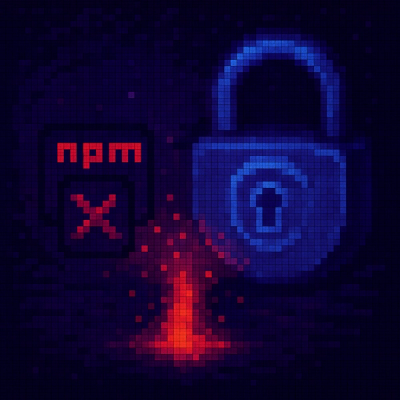react-native-audio-recorder-player
⚠️ DEPRECATED: This package is deprecated. Please use react-native-nitro-sound instead. Don't worry - it has the exact same API, so migration is seamless!








Migration to React Native Nitro Sound
This package has been deprecated in favor of react-native-nitro-sound, which offers:
- ✅ Same API - No code changes required
- ⚡️ Better Performance - Optimized with latest Nitro architecture
- 🎯 Active Maintenance - Regular updates and bug fixes
- 📱 Improved Platform Support - Better iOS, Android, and Web compatibility
How to Migrate
-
Uninstall the old package:
yarn remove react-native-audio-recorder-player react-native-nitro-modules
npm uninstall react-native-audio-recorder-player react-native-nitro-modules
-
Install the new package:
yarn add react-native-nitro-sound
npm install react-native-nitro-sound
-
Update your imports:
import AudioRecorderPlayer from 'react-native-audio-recorder-player';
import AudioRecorderPlayer from 'react-native-nitro-sound';
-
That's it! All your existing code will work without any changes.
Need Help?
Why the Change?
The new react-native-nitro-sound package represents a complete rewrite with:
- Modern architecture for better performance
- Cleaner codebase that's easier to maintain
- Better error handling and debugging
- Improved TypeScript support
- More consistent behavior across platforms
Thank you for your support and understanding! 🙏









